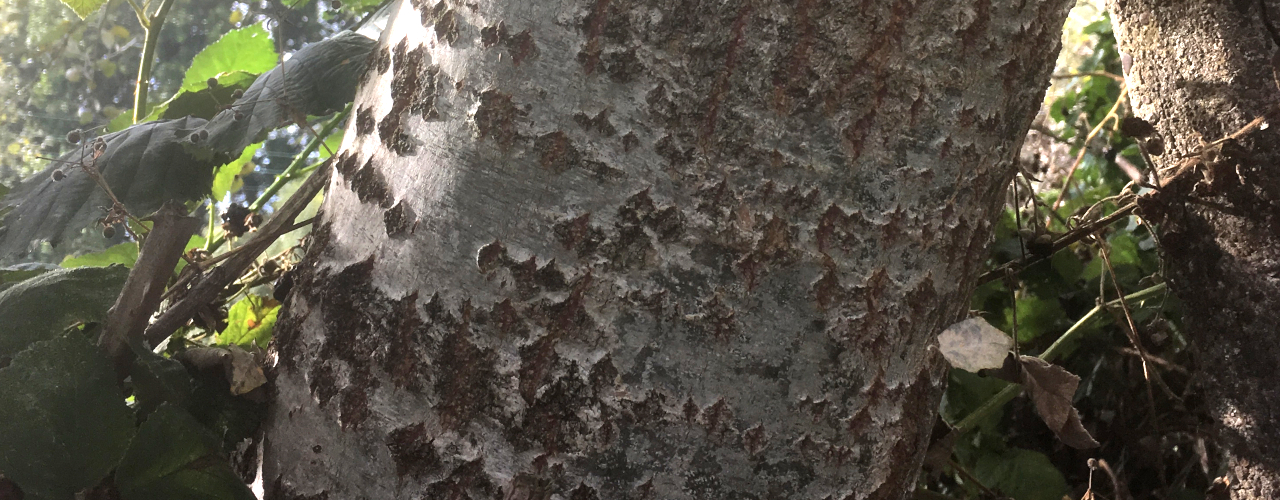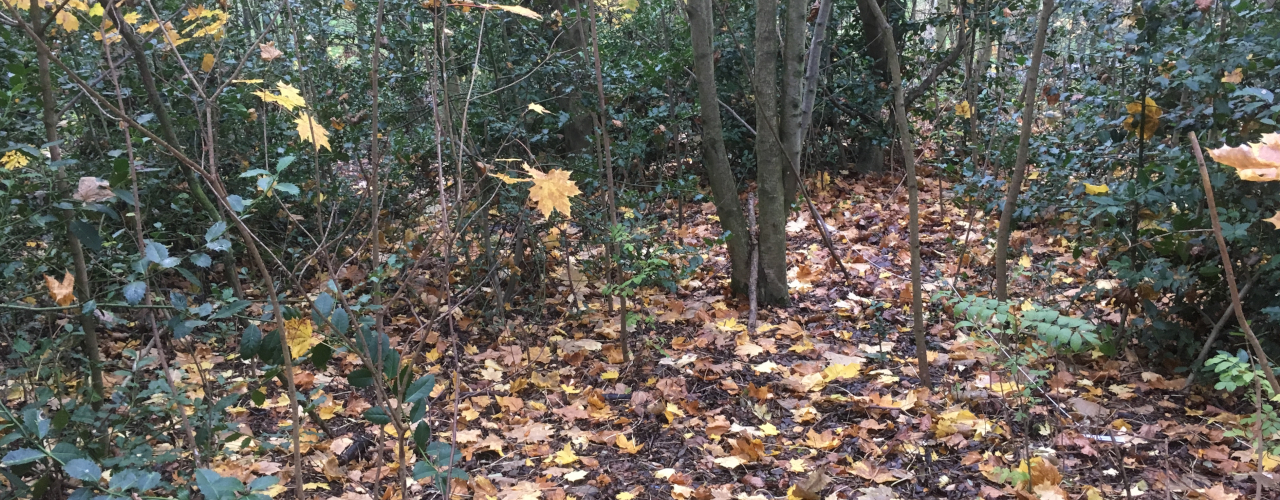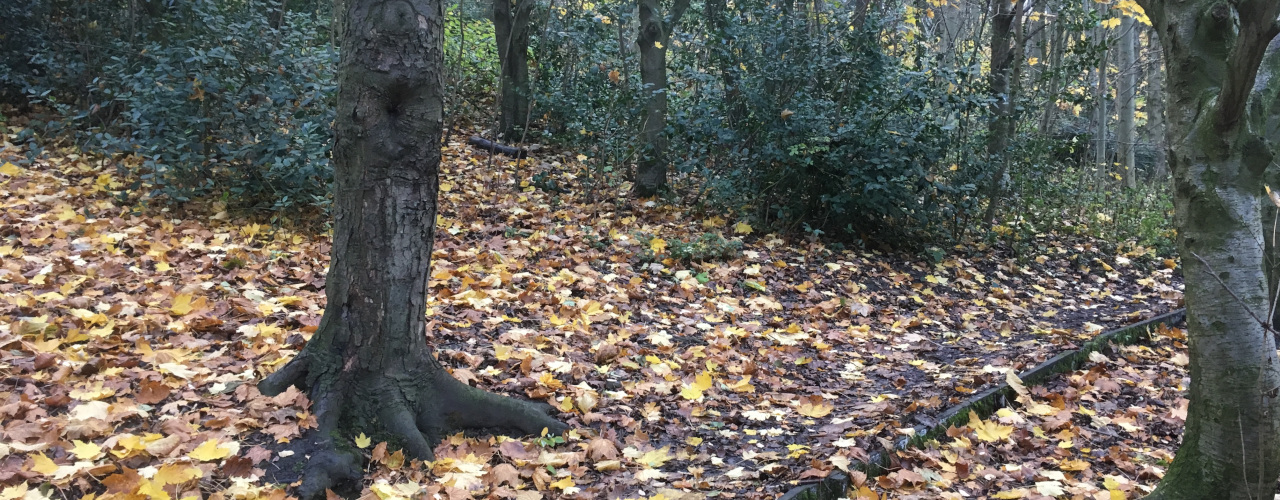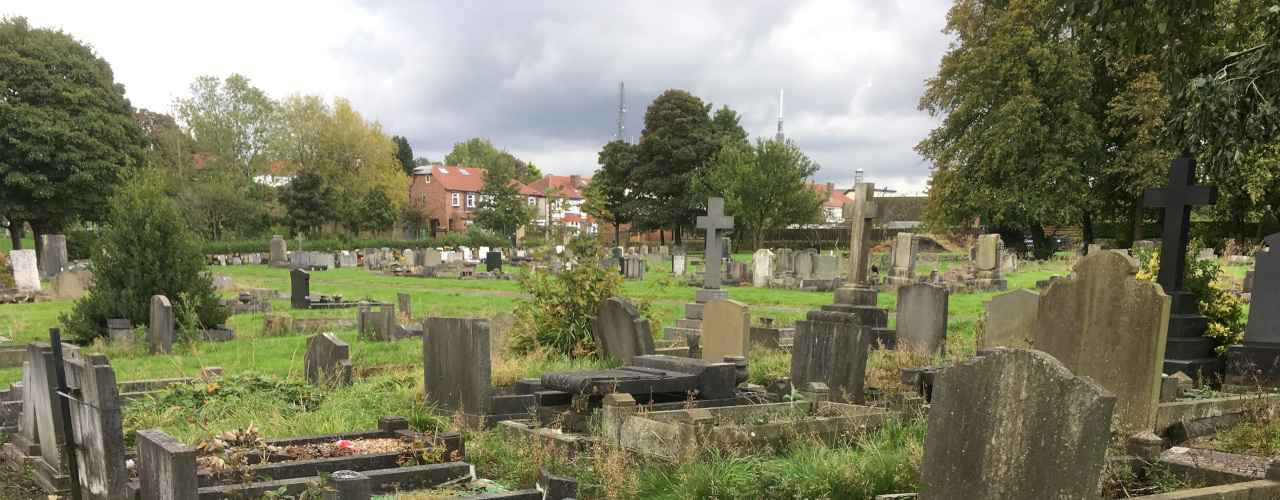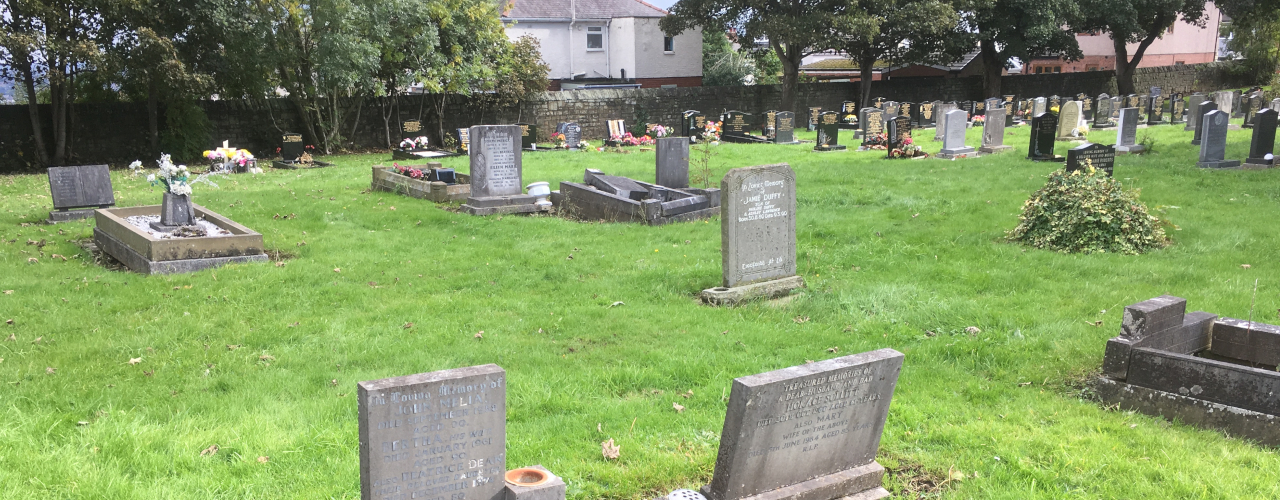Designing With Tree Bark (Part 1) - Species Selection
The textural qualities of tree bark are often underappreciated in the world of landscape. In this series of posts, we shall go into detail of how we can maximise their visual impact to elevate our landscape designs.
Textural qualities of bark
When hearing the word “tree bark” the typical person may think of a generic rough-brown surface, however there is so much more to tree bark.
Bark can be smooth, rough, shiny, flaky, peeling, fissured, bumpy, rounded, hairy.
Tree bark is also is not always constant – it can change over time, sometimes starting smooth before developing increased roughness/fissures (e.g. Prunus sp.).
Some of the amazing textural qualities of tree bark are not apparent straight away and can take years to develop (eg. Carya ovata), while in other species bark interest is apparent even in young specimens (e.g. Prunus serrula), but may lose vibrance over time.
When selecting tree species for bark interest – consider the time factors involved - do you want instant bark interest, with tree bark that may lose some visual interest over time, or, do you want a tree with bark that improves over time?
Species Lists
In the following species lists I have divided trees into the following categories – flaky/peeling tree barks, rough/fissured tree bark, hairy/fibrous tree bark and patterned tree bark. This is not an exhaustive list - there are many more unlisted species, as well as species listed which could fit into multiple categories. Tree bark noted as having particularly strong/exaggerated qualities are marked with an asterisk (*)
Flaky/Peeling Tree Bark
Flaky/peeling bark species often reveal a smooth/shiny surface beneath, providing a mosaic of textures that visually ‘break up’ the vertical structure of the tree stem. These include species such as:
- Acer buergerianum
- Acer griseum*
- Acer triflorum
- Arbutus unedo*
- Betula ermanii
- Betula nigra*
- Betula papyrifera*
- Betula utilis sp.
- Carya ovata*
- Cupressus arizonica
- Eucalyptus gunnii
- Heptacodium miconioides
- Juniperus virginiana
- Metasequoia glyptostroboides
- Prunus maackii
- Prunus serrula*
- Stewartia sinensis
- Taxodium distichum
- Taxus baccata
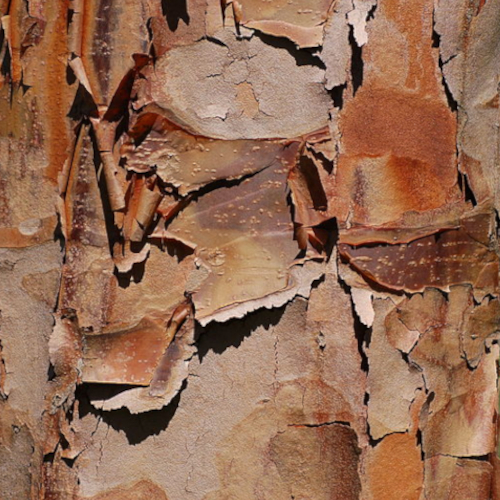
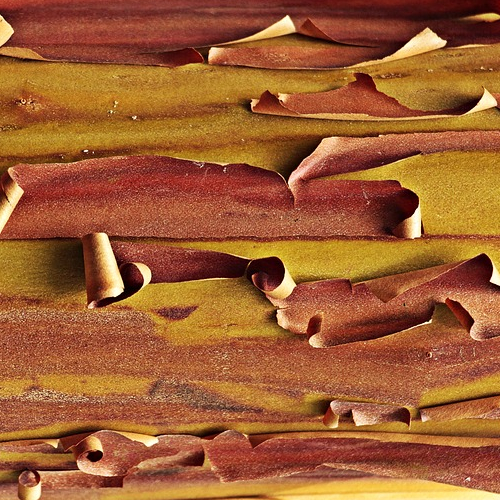
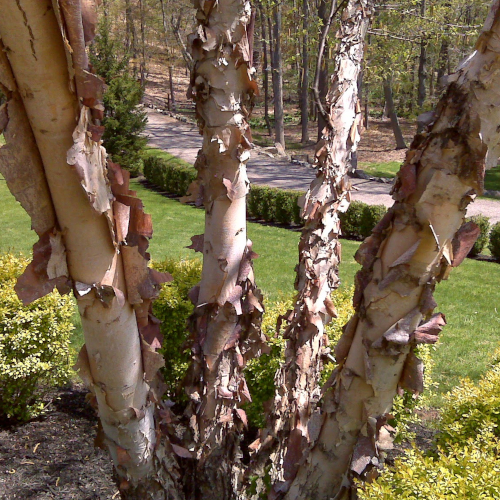
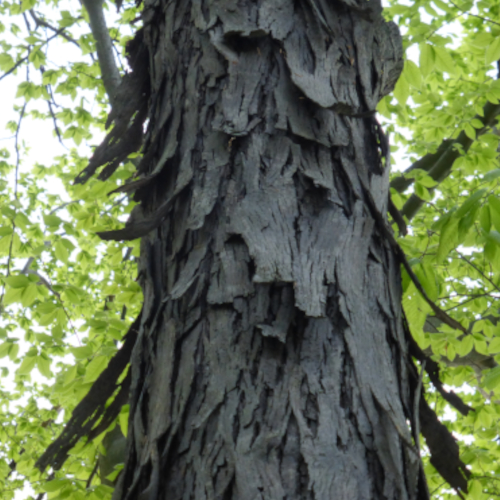

Rough/Fissured Tree Bark
Rough/fissured barks includes species with an uneven surface, sometimes rounded or forming ridges and crevices within the surface. This category is more typical (or appears stronger) in older tree specimens, and these characteristics may not be apparent on younger trees as the fissures and topography of the surface can take years to develop. These include species such as:
- Acer campestre
- Acer pseudoplatanus
- Alnus glutinosa
- Araucaria Araucana*
- Castanea sativa*
- Catalpa sp.
- Cedrus sp.
- Celtis occidentalis
- Cercidiphyllum japonicum
- Cercis canadensis
- Cercis siliquastrum
- Chamaecyparis lawsoniana
- Corylus colurna
- Crataegus sp.
- Cupressus macrocarpa
- Ginkgo biloba
- Gleditsia triacanthos
- Juglans sp.*
- Larix sp.
- Liquidambar styraciflua
- Liriodendron tulipifera
- Phellodendron amurense
- Picea sp.
- Pinus nigra
- Populus sp.
- Pseudotsuga menziesii
- Pterocarya fraxinifolia
- Pterocarya stenoptera
- Pyrus calleryana
- Quercus suber*
- Quercus sp.
- Robinia pseudoacacia*
- Salix sp.*
- Tilia sp.
- Tsuga sp.
- Ulmus sp.
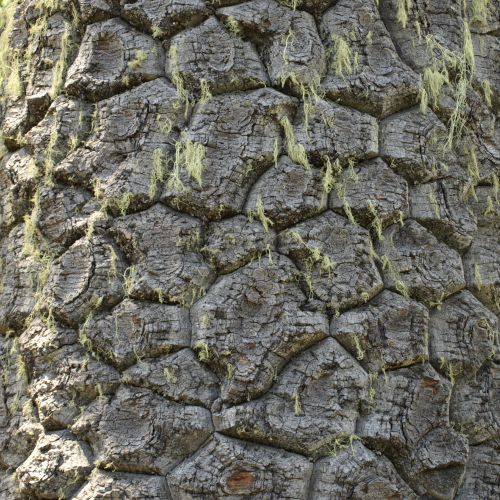

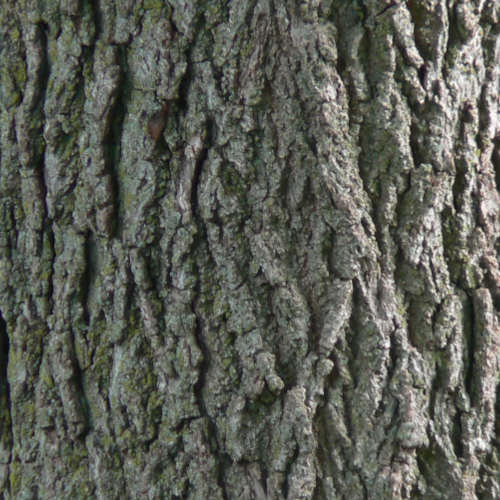
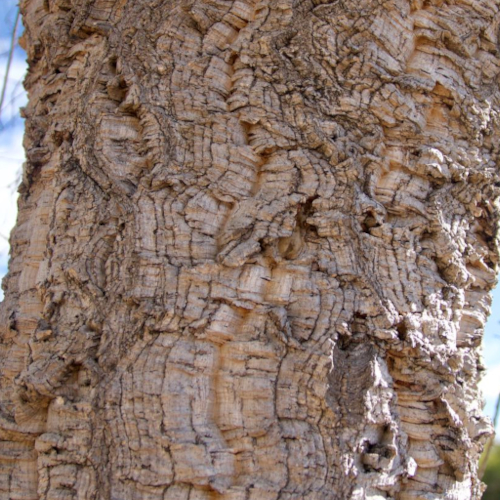

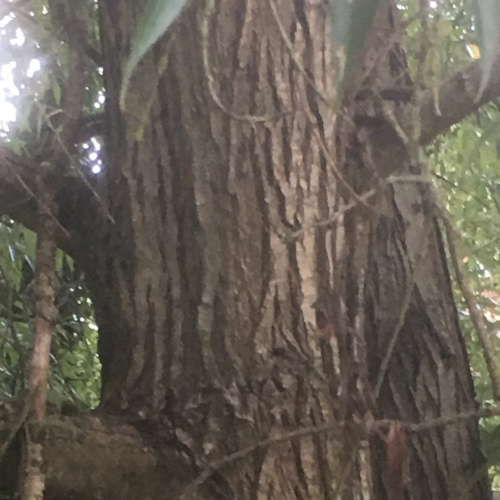
Hairy/Fibrous Tree Bark
Hairy/fibrous bark is present on primarily coniferous tree species, and are typically more subtle than the other categories, requiring closer proximity by the casual viewer to be noticed. These include species such as:
- Cryptomeria japonica
- Juniperus communis
- Sequoiadendron giganteum
- Sequoia sempervirens [insert image]
- Thuja plicata

Patterned Tree Bark
Patterned barks include species with repeated blocks of colour or fissures forming a pattern. Although this category could include many within the rough/fissured bark category, these species have a more obvious, distinctive and less chaotic pattern to the human eye. This includes species such as:
- Ailanthus altissima
- Acer capillipes*
- Acer davidii*
- Carpinus betulus
- Cornus sp.
- Cydonia oblonga
- Diospyros kaki*
- Eucalyptus aggregate
- Eucalyptus deglupta* (unfortunately not hardy enough for outdoor use in the UK)
- Eucalyptus pauciflora
- Halesia Carolina
- Maytenus boaria
- Parrotia persica*
- Picea abies
- Picea orientalis
- Platanus orientalis*
- Platanus x hispanica*
- Populus alba*
- Pyrus communis*
- Stewartia pseudocamellia*
- Stewartia sinensis
- Syringa vulgaris
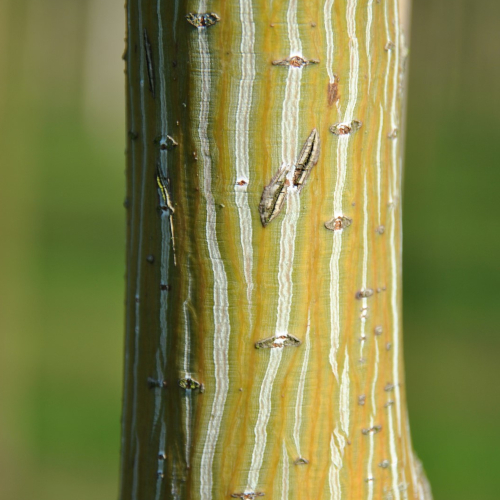
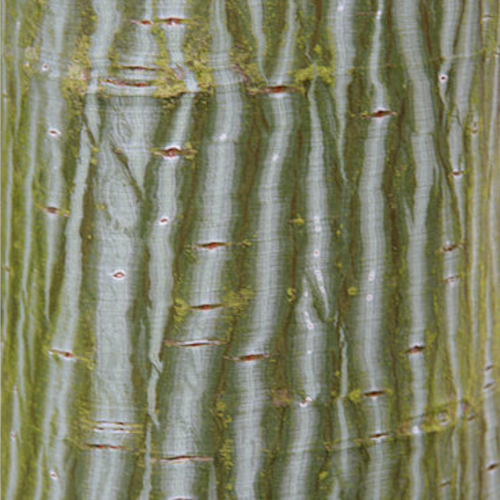
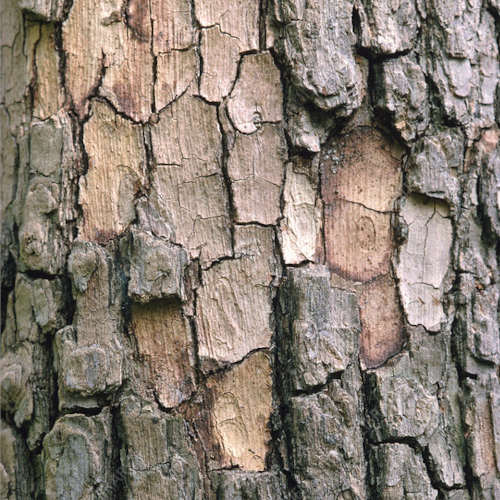
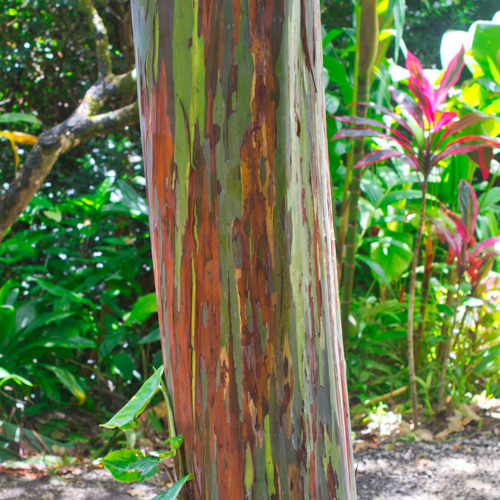
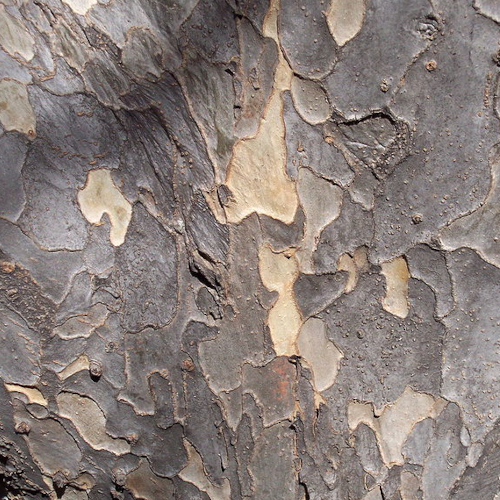
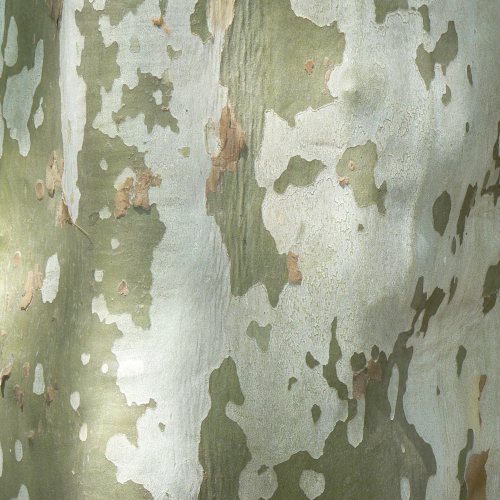
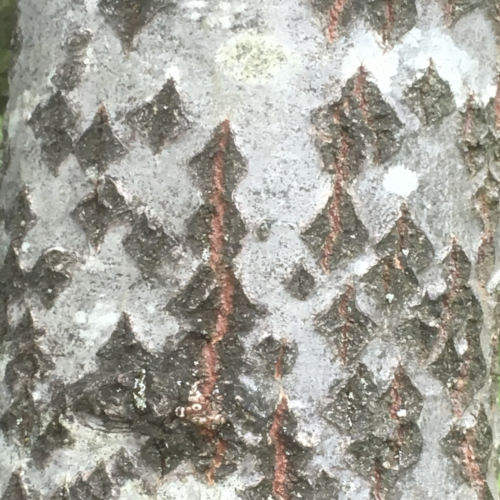
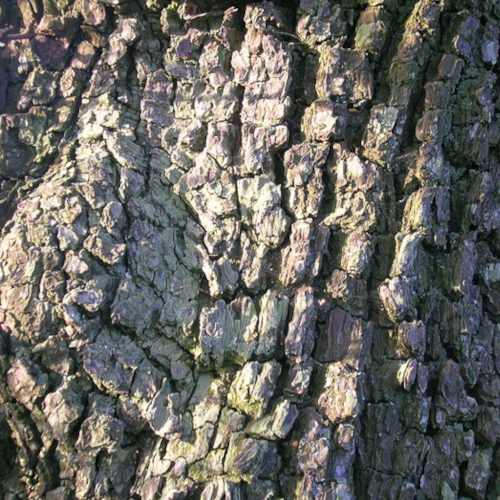
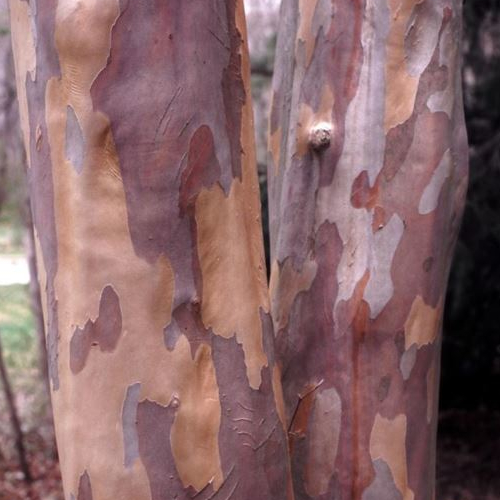
In my next post I shall cover how we can use this information to inform our landscape designs.
